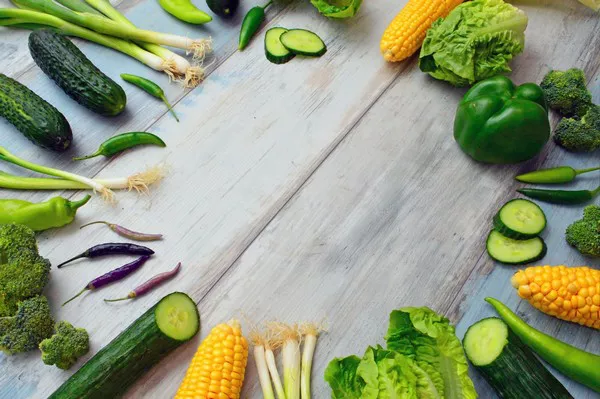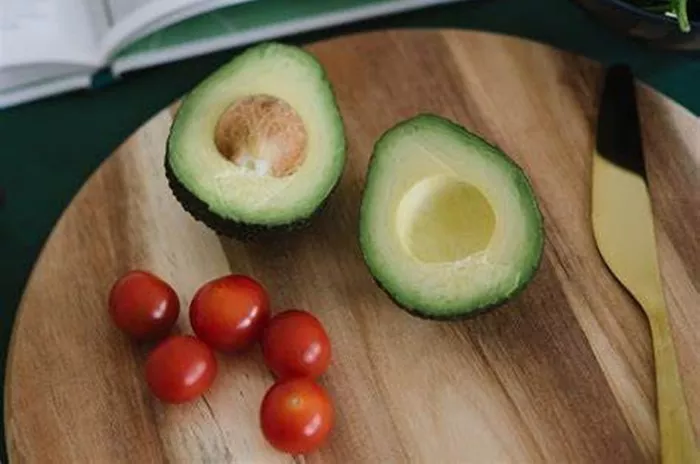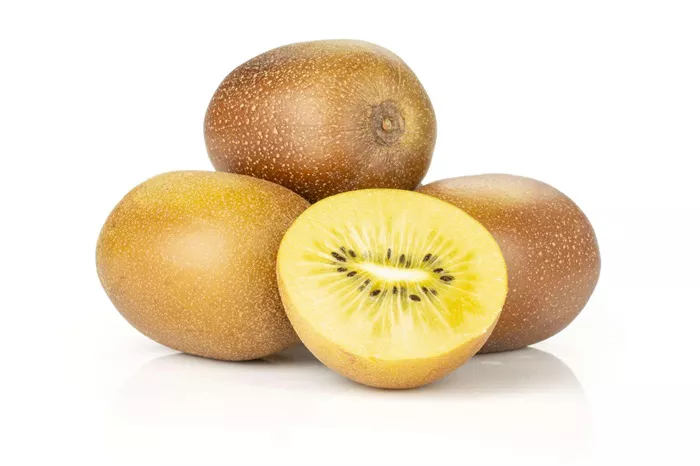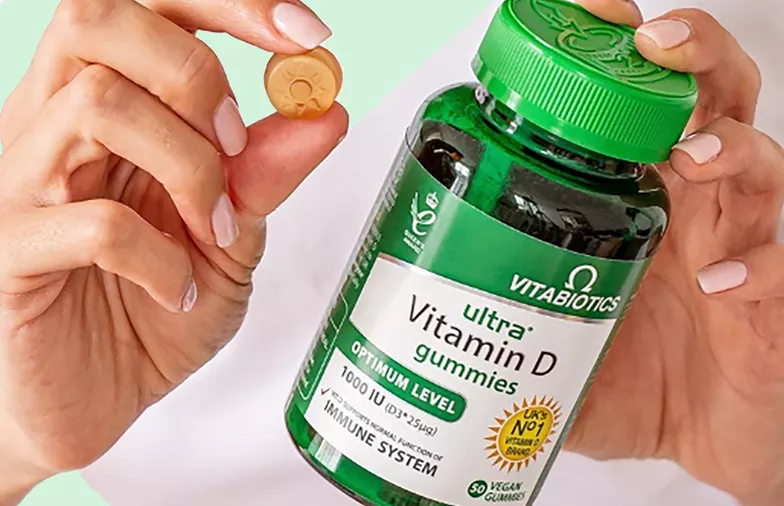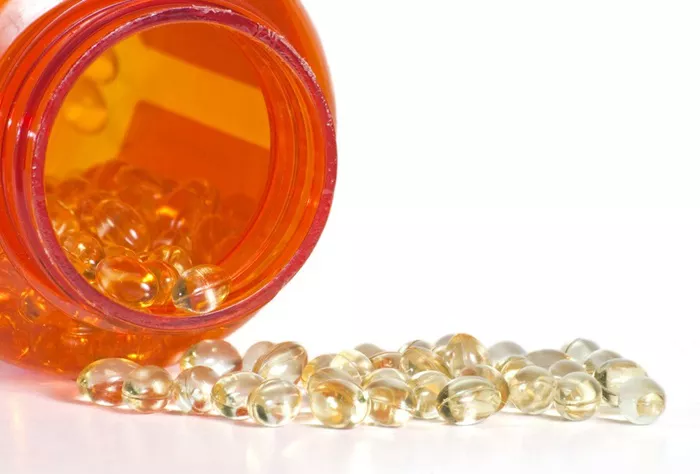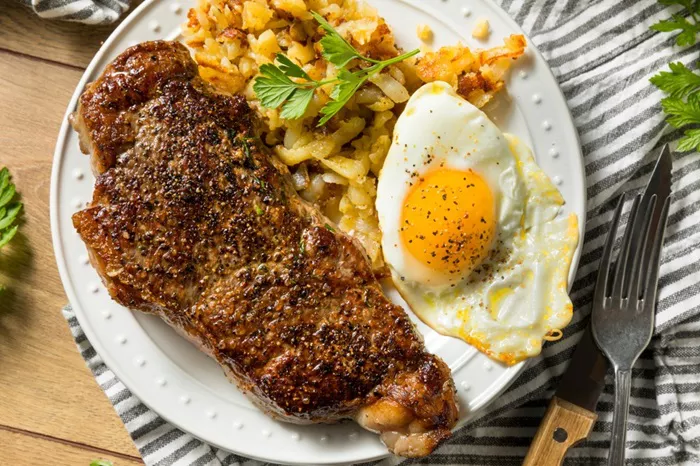In the intricate realm of nutrition, finding foods that strike the optimal balance between high protein content and low calorie density is a pursuit that aligns with various health and fitness goals. Whether aiming for weight management, muscle building, or overall wellness, understanding which foods excel in offering both protein richness and calorie efficiency is essential. This comprehensive guide delves into the realm of foods that stand out as the highest in protein and lowest in calories, exploring both animal and plant-based options and shedding light on the nutritional implications of incorporating these foods into your diet.
Chicken Breast
When it comes to animal-based foods that are highest in protein and lowest in calories, skinless chicken breast takes the spotlight. Renowned for its lean profile, chicken breast provides a substantial amount of protein per serving without introducing excessive calories. Grilled, baked, or poached, skinless chicken breast can be a versatile addition to various dishes, offering a blank canvas for flavor experimentation while maintaining a low-calorie, high-protein nutritional profile.
Greek Yogurt
Greek yogurt stands out as a dairy product that excels in providing protein without compromising on calorie efficiency. While traditional yogurt may contain varying levels of fat and sugar, Greek yogurt is strained to remove excess whey, resulting in a thicker consistency and a higher protein content. Opting for low-fat or fat-free varieties ensures a protein-rich dairy option with minimal calories. Greek yogurt serves as an excellent base for breakfast parfaits, smoothies, or a standalone snack, offering a creamy texture without a caloric burden.
Lentils
Lentils emerge as a plant-based protein source that is not only rich in fiber but also low in calories. With a diverse range of varieties, including green, brown, and red, lentils can be incorporated into soups, stews, salads, and side dishes. Their versatility and nutritional profile make them an excellent choice for those seeking a protein boost from plant sources while keeping calorie intake in check.
Shrimp
Shrimp is a seafood option that delivers a significant protein punch with minimal calories. Shrimp can be grilled, sautéed, or added to various dishes such as stir-fries, pastas, or salads. Its versatility in the kitchen allows for a range of flavorful preparations without relying on excessive calories. Including shrimp in a well-rounded diet provides a lean protein source along with essential nutrients like selenium and vitamin B12.
Egg Whites
Egg whites stand out as a prime example of a food that delivers protein without the caloric load. While whole eggs contain both protein and fat, the whites are virtually fat-free and packed with high-quality protein. One large egg white offers around 3.6 grams of protein, making it an excellent choice for those looking to increase protein intake without introducing additional calories. Whether consumed on their own or incorporated into dishes like omelets or protein shakes, egg whites are a versatile and low-calorie protein source.
Cauliflower
Cauliflower, often celebrated for its versatility in various culinary applications, is a surprising addition to the list of foods highest in protein and lowest in calories. With only about 25 calories per cup, cauliflower provides a modest yet noteworthy amount of protein. This cruciferous vegetable can be transformed into rice, mashed potatoes, or used as a pizza crust alternative, offering a satisfying texture and nutritional benefits without a significant calorie impact.
Cod
Certain varieties of white fish, such as cod, haddock, and tilapia, offer a lean protein profile with minimal calorie content. Baking, grilling, or poaching white fish allows for a flavorful preparation without relying on added fats. This makes white fish a suitable option for those aiming to increase protein intake while maintaining a diet low in saturated fats. Including white fish in a balanced meal plan adds variety to protein sources and aligns with heart-healthy dietary recommendations.
Non-Fat Greek Yogurt
A sibling to traditional Greek yogurt, non-fat Greek yogurt takes the concept of high-protein, low-calorie dairy to the next level. By eliminating the fat content, this yogurt variation maintains its creamy texture while offering an even more impressive protein-to-calorie ratio. Non-fat Greek yogurt can be enjoyed in the same ways as its counterparts, serving as a delightful and guilt-free addition to a well-rounded diet.
Edamame
Edamame, young soybeans still in their pods, are a nutrient-dense snack that provides plant-based protein with minimal calories. Whether steamed and sprinkled with salt or added to salads and stir-fries, edamame offers a satisfying and nutritious option for those seeking a protein-rich snack or side dish. As a whole food, edamame not only contributes protein but also offers essential vitamins and minerals, making it a wholesome addition to a balanced diet.
Tofu
For those following a plant-based or vegetarian diet, tofu emerges as a protein-packed option with minimal calories. Tofu, made from soybeans, is not only versatile in its ability to absorb flavors but also rich in essential amino acids. It is available in various firmness levels, allowing for customization in texture and application. Tofu can be incorporated into savory dishes, stir-fries, or blended into smoothies, offering a plant-powered protein source that aligns with low-calorie dietary goals.
Cabbage
Cabbage, a cruciferous vegetable known for its crisp texture and mild flavor, is a low-calorie option that surprisingly contributes to protein intake. With only about 22 calories per cup, cabbage offers a small but noteworthy amount of protein. Whether used in salads, slaws, or stir-fries, cabbage can add volume and nutritional value without significantly impacting overall caloric intake.
Spinach
Spinach, a leafy green celebrated for its nutrient density, is a surprising contender in the category of foods highest in protein and lowest in calories. With a mere 7 calories per cup, spinach provides a small yet valuable amount of protein. Whether added to salads, sautéed as a side dish, or blended into smoothies, spinach offers a nutrient-rich option for those aiming to maximize protein intake while minimizing calorie consumption.
Turkey Breast
Similar to chicken breast, turkey breast is another poultry option that offers lean protein without excessive calories. Opting for lean cuts, such as turkey breast without the skin, ensures a favorable protein-to-calorie balance. Turkey can be a centerpiece in meals ranging from sandwiches and wraps to salads and casseroles, providing a flavorful and nutrient-dense protein source for those mindful of their calorie intake.
Conclusion
In the journey toward a nutrient-dense diet that optimally balances high protein intake with low calorie consumption, the variety of foods available is vast and versatile. From lean poultry like chicken and turkey to seafood options like shrimp and white fish, and from plant-based selections like lentils, tofu, and edamame to surprising entries like cauliflower, cabbage, and spinach, the choices abound. Crafting a diet that strikes the ideal balance involves thoughtful selection, preparation methods, and an awareness of individual dietary goals. Whether aiming for weight management, muscle building, or overall health, incorporating these high-protein, low-calorie foods into a well-rounded diet contributes to a nutritional tapestry that supports diverse wellness objectives.
[inline_related_posts title=”You Might Be Interested In” title_align=”left” style=”list” number=”6″ align=”none” ids=”3880,3810,3846″ by=”categories” orderby=”rand” order=”DESC” hide_thumb=”no” thumb_right=”no” views=”no” date=”yes” grid_columns=”2″ post_type=”” tax=””]

